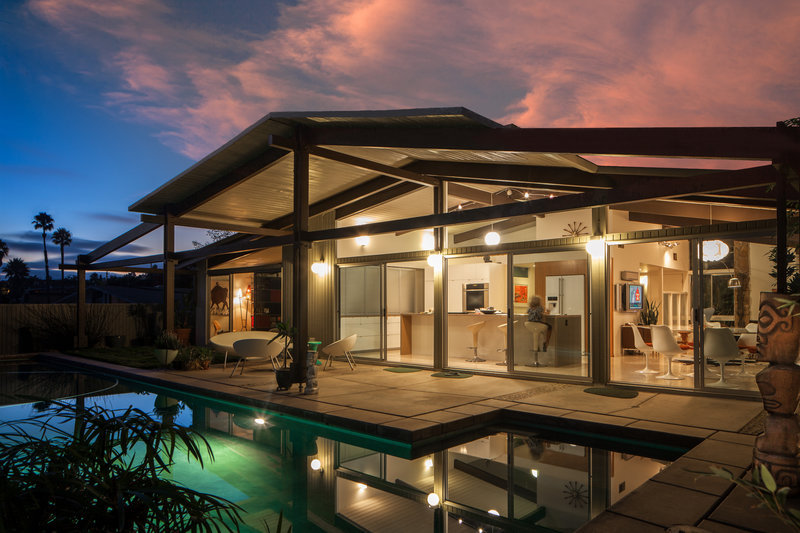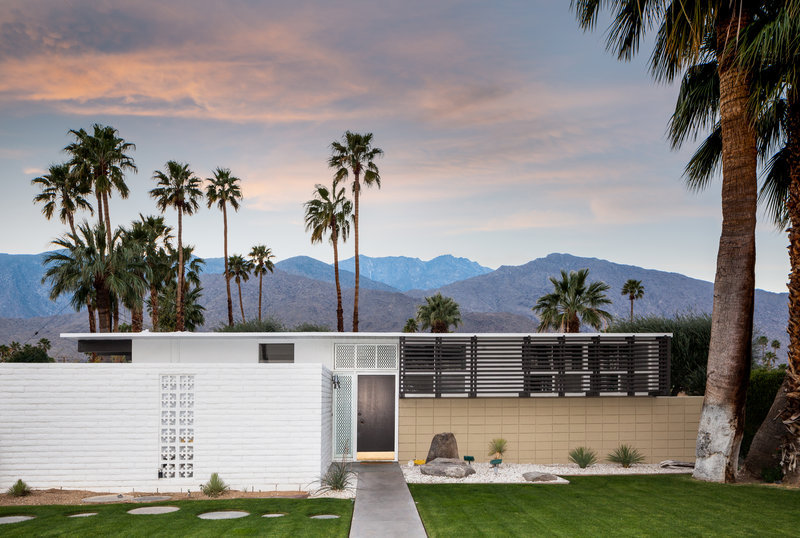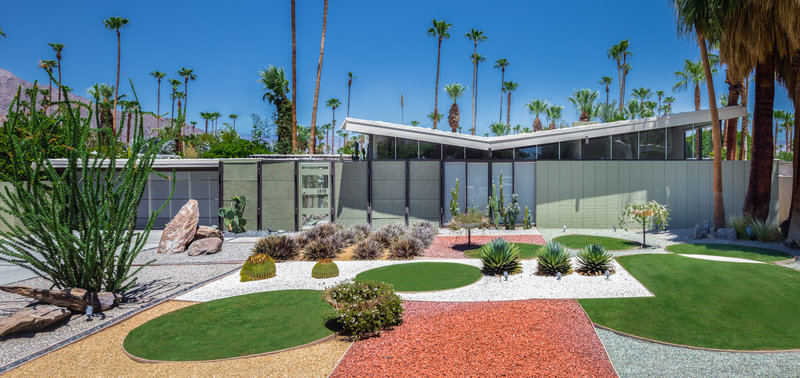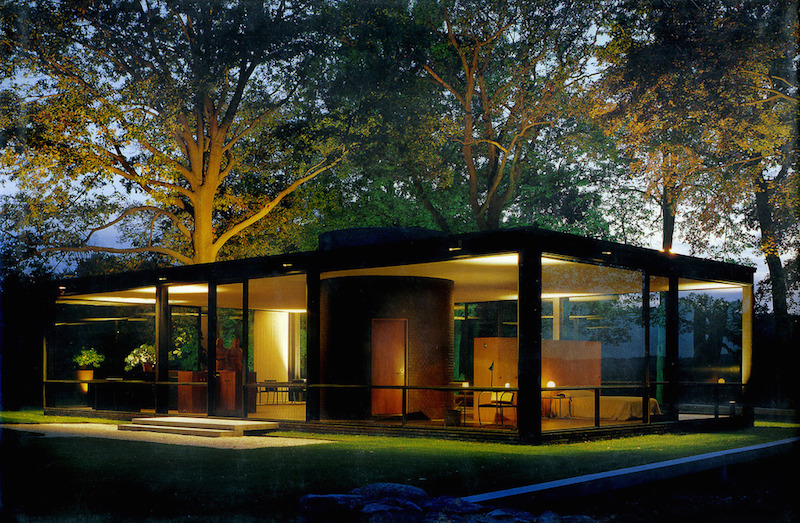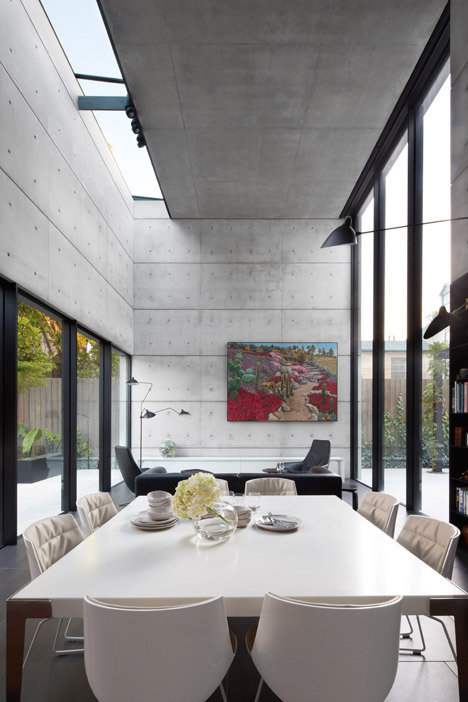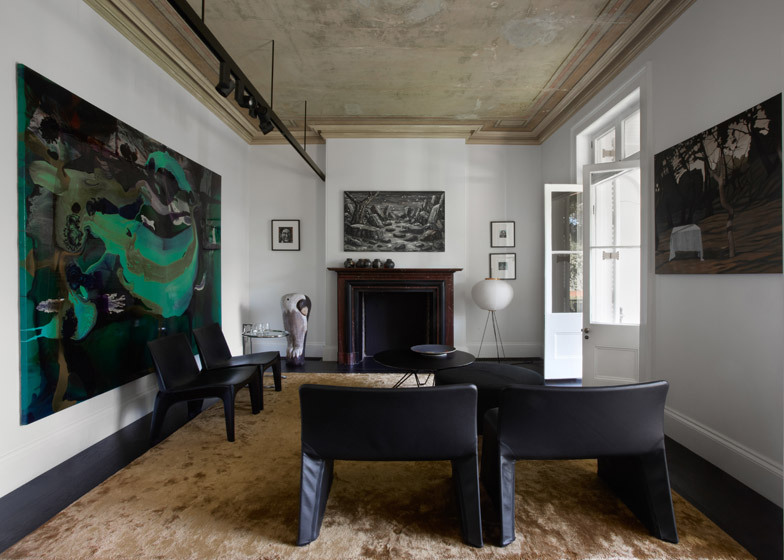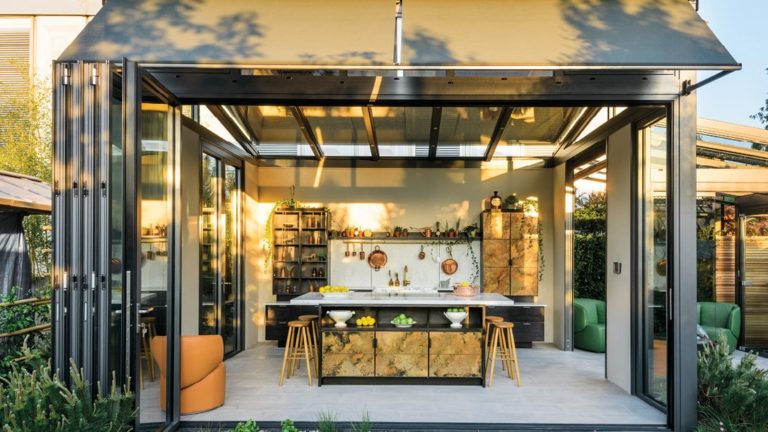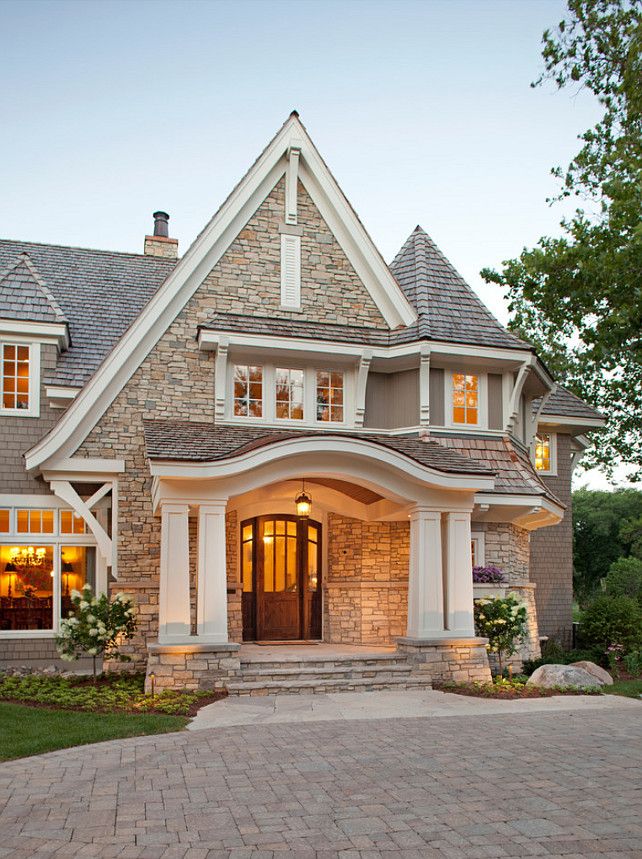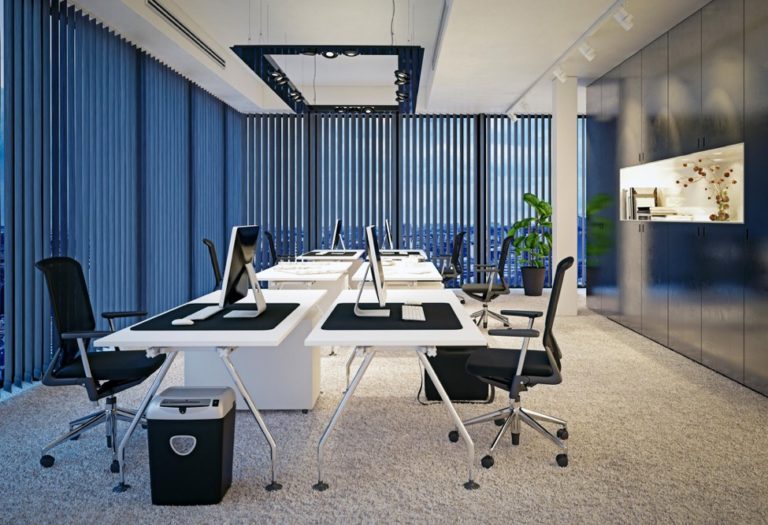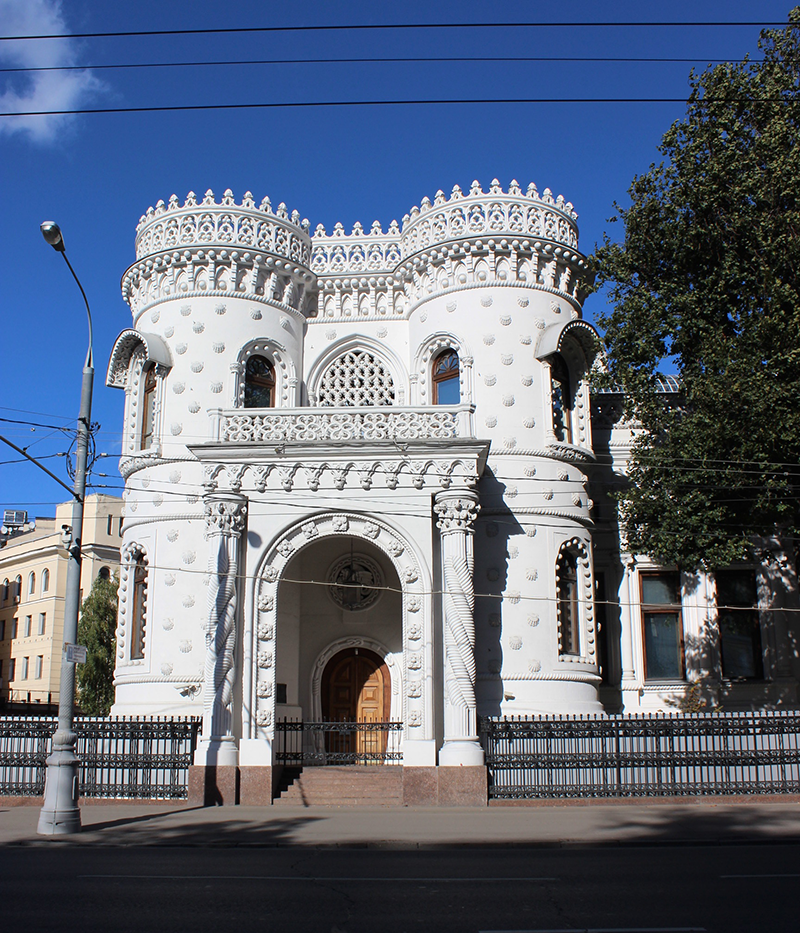Thinking About Buying a Flat-Roofed Home? Read This First
Flat roofing is the standard for commercial buildings and occasionally residential homes. You may notice flat roofing at your local department store, or in a patio like structure on a house.
Many times, flat-roofed buildings offer more interior space, cheaper cost of construction, and great accessibility to gutters and air conditioning units. Unfortunately, this type of roofing isn’t safe from damage. Here are some of the ways flat roofing can become a nuisance.
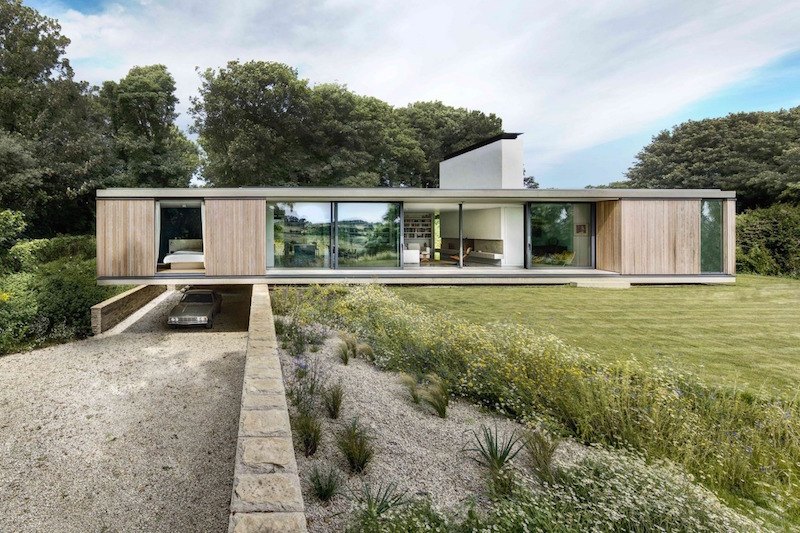
Water Damage
The biggest concern with flat-roofed homes is water damage. Surprisingly, flat-roofed homes are not actually completely flat. They actually have a few degrees incline, but still, that does not prevent water collection on the surface of the roof.
Water is a very powerful element that will penetrate any surface over time. The potential for water damage requires a bit more maintenance than a “normal” roof with a steep incline. The collection of leaves, sticks, and other debris can accelerate the collection of stagnant water on the roof’s surface.
Leaking Roof
Water leaks can be quite scary, especially during a large storm. Discovering a water leak can mean it is time for a flat roof repair, which can be quite costly. Also, most homeowners typically do not notice the signs of water damage until it is too late.
Water leaking inside your home or building is just the first sign. The second is mold, a by-product of water damage. Mold can be very detrimental to a structure or building and can also cause a variety of adverse health effects.
Flat Roofing Maintenance
By nature, flat roofing will collect more debris than a roof with a steep slope. Furthermore, the amount of debris that collects can be astonishing.
If you live in an area with an abundance of trees, it is recommended that you clean off debris bi-yearly, at the very least. To some, this is no big deal, but to others, it could mean hiring a service to perform this cleaning for you.
Many times, these roofs will come with drains installed to help drain stagnant water in certain areas, these will have to remain clear and free of any blockage to allow for proper drainage on your roof.
Roof Longevity
Unfortunately, flat-roofing usually only has a lifespan of 15-20 years. Compared to a 30-year average on sloped roofs. This shorter lifespan can be offset by the cheaper costs of flat roofing, but for a long-term investment, it may not be the wisest choice.
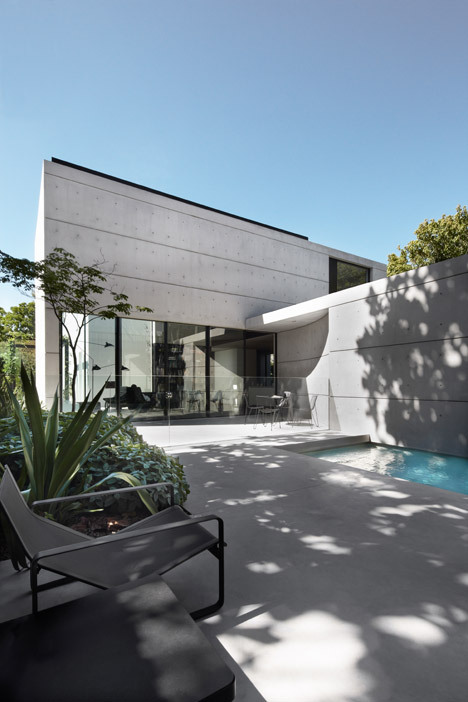
For example, a home may have a mix of flat roofing and regular sloped roofing. If the flat roof becomes damaged before the other sections, you may be inclined to replace it all. Which would mean replacing sections of a perfectly okay roof early.
This is not always the case, but something to consider when looking at homes with flat roofing.
Types of Repairs Needed
Flat roof repairs are very common for roofers in the industry. They know all the secrets to repair or performing preventative maintenance to flat roofing. Damage to flashing (a term used to describe weatherproofing material) is the number one failure on flat roofing and occurs when someone walks on a flat roof or as a result of a nasty storm.
If flashing damage happens, water will be able to penetrate through the interior of the home or building. Flashing is also used to seal drains, vents, and chimneys. Repairs to flashing are usually quite simple and inexpensive, if caught before major damage occurs.
Is Flat Roofing Right for You?
If you are the type of person who is willing to sacrifice some time or money for the proper maintenance of a flat roof and in return receive its architectural benefits…then yes, flat roofing is a great choice.
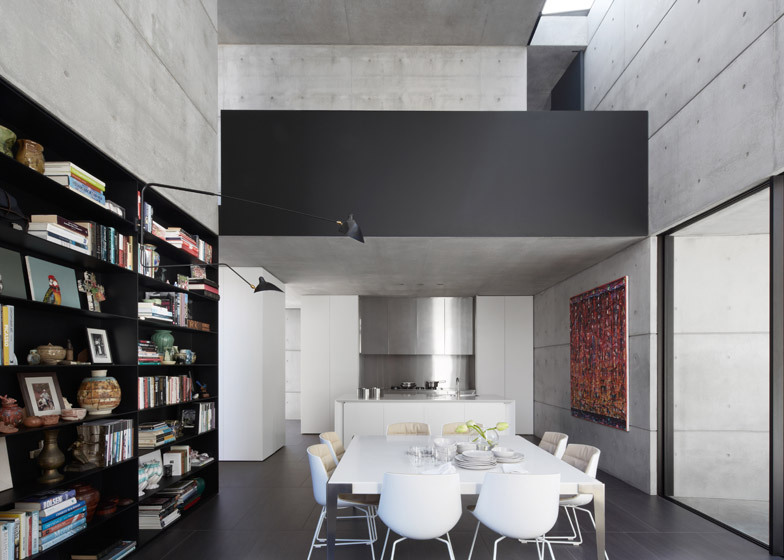
Whether you need a larger attic space, want to save money with your next addition, or desire to have a modern look to your home flat roofing will be a great choice despite its upkeep needs.

